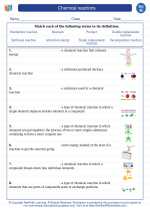Coronary Arteries
The coronary arteries are blood vessels that supply oxygen-rich blood to the heart muscle. They play a crucial role in the functioning of the heart by providing the necessary nutrients and oxygen for its proper functioning.
Structure of Coronary Arteries
The coronary arteries are comprised of two main arteries: the left coronary artery and the right coronary artery. The left coronary artery further branches into the left anterior descending artery and the circumflex artery. These arteries are responsible for supplying blood to different regions of the heart muscle.
Function
The primary function of the coronary arteries is to ensure that the heart muscle receives a constant supply of oxygen and nutrients. During periods of increased activity or stress, the coronary arteries dilate to allow for more blood flow to the heart, ensuring that it can meet the increased demand for oxygen.
Coronary Artery Disease
Coronary artery disease occurs when the coronary arteries become narrowed or blocked due to the buildup of plaque, which is primarily composed of cholesterol and other substances. This can restrict blood flow to the heart muscle, leading to chest pain (angina), heart attacks, and other serious complications.
Study Guide
- What is the function of the coronary arteries?
- Describe the structure of the coronary arteries.
- What is the role of the left anterior descending artery?
- How does coronary artery disease affect the heart?
- Explain the importance of maintaining healthy coronary arteries.
[Coronary Arteries] Related Worksheets and Study Guides:
.◂Science Worksheets and Study Guides Eighth Grade. Chemical reactions
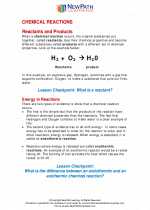
 Activity Lesson
Activity Lesson
 Worksheet/Answer key
Worksheet/Answer key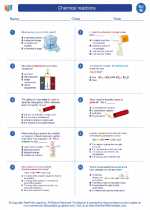
 Worksheet/Answer key
Worksheet/Answer key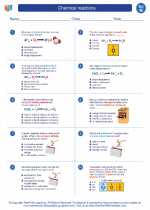
 Worksheet/Answer key
Worksheet/Answer key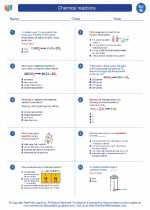
 Worksheet/Answer key
Worksheet/Answer key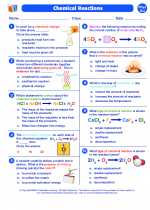
 Vocabulary/Answer key
Vocabulary/Answer key
 Vocabulary/Answer key
Vocabulary/Answer key